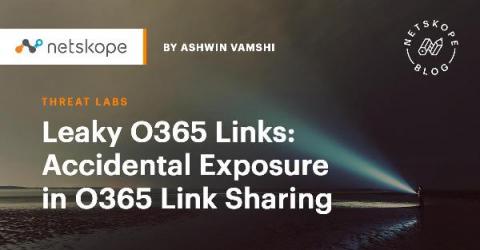Choosing the Right DLP: Enterprise DLP vs Integrated DLP
Data breaches and data loss have been the worst nightmares of the organizations. That is why being able to act proactively and ensure the security of your data has utmost importance. In this article, we will discuss which DLP method you should employ.








